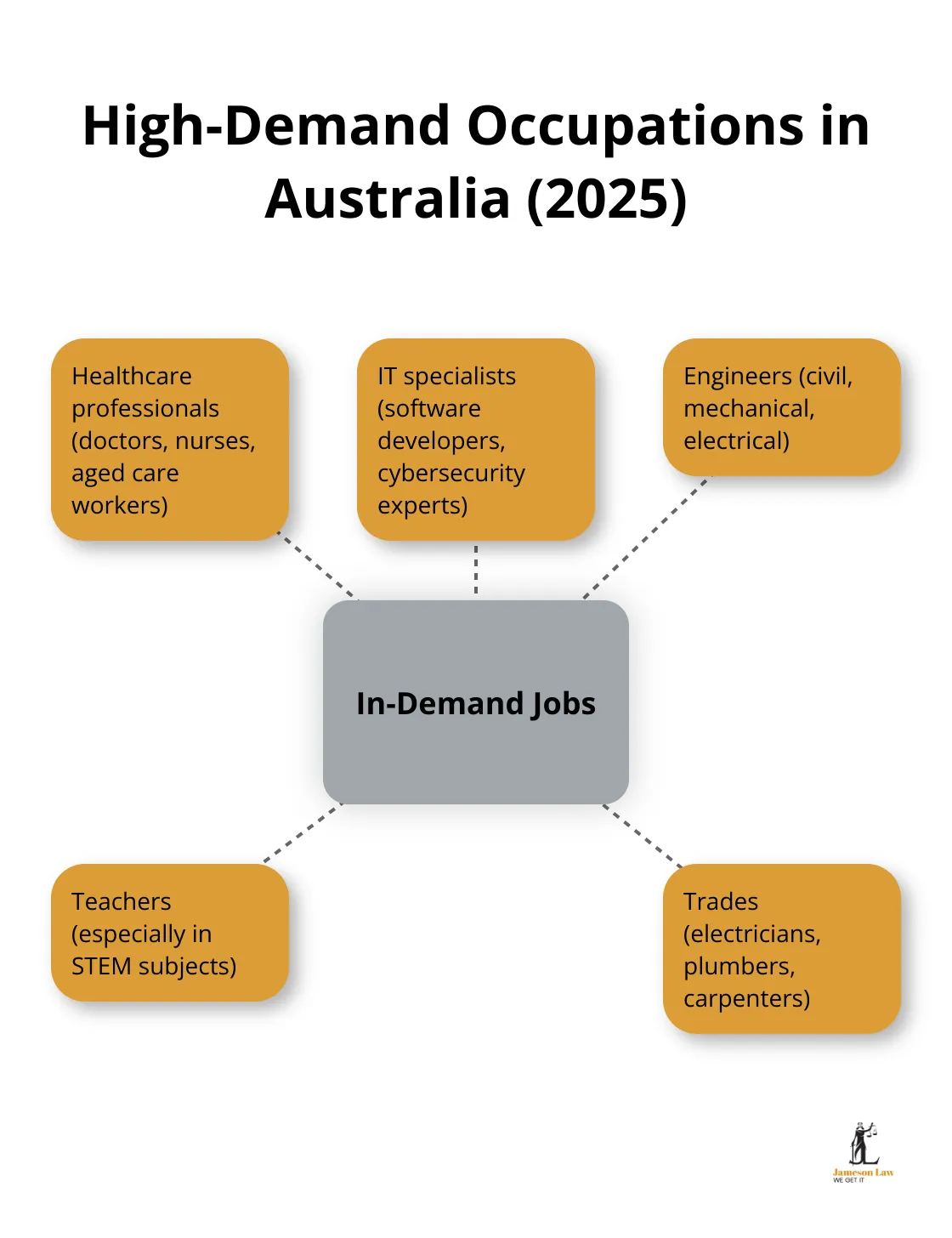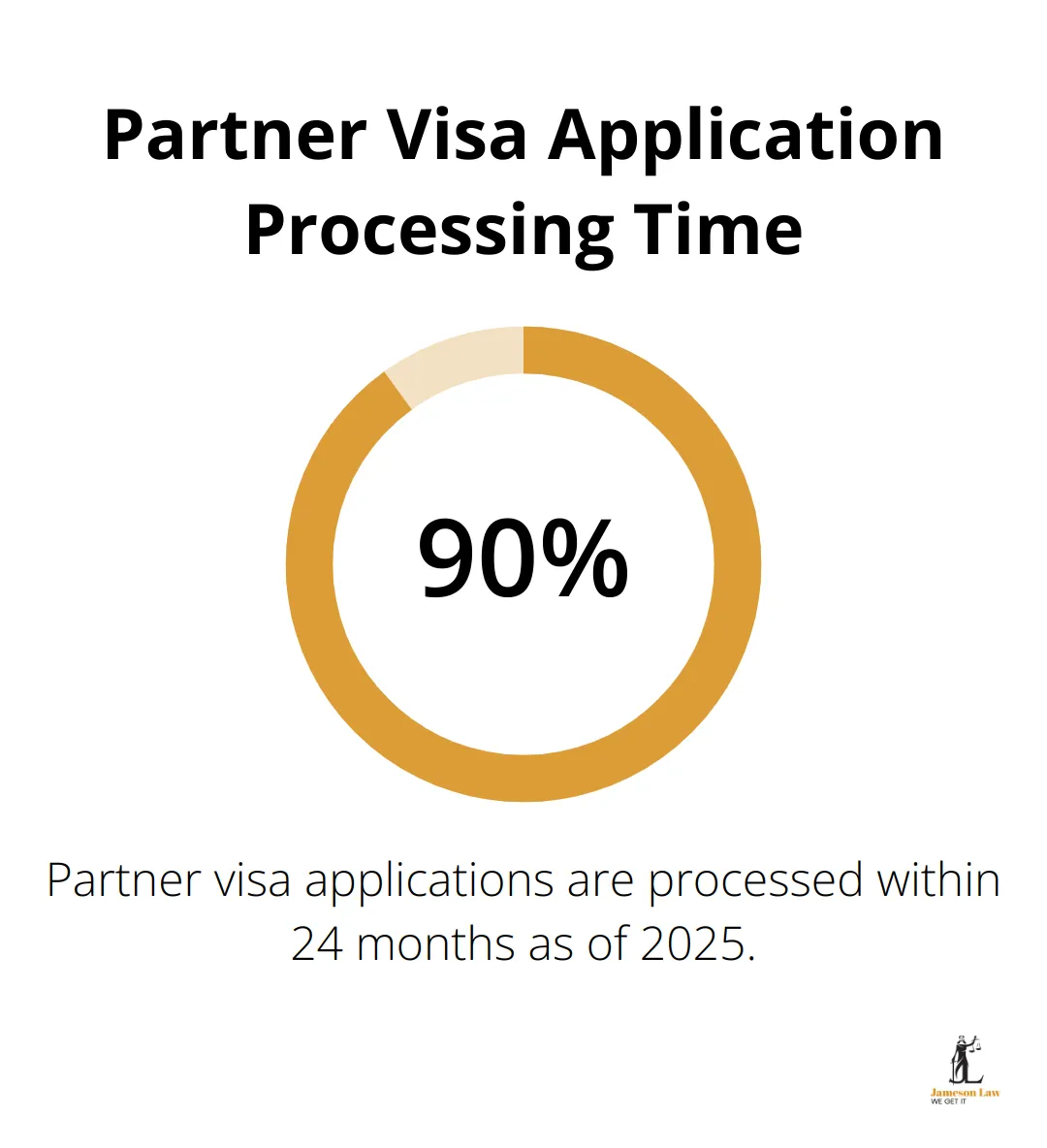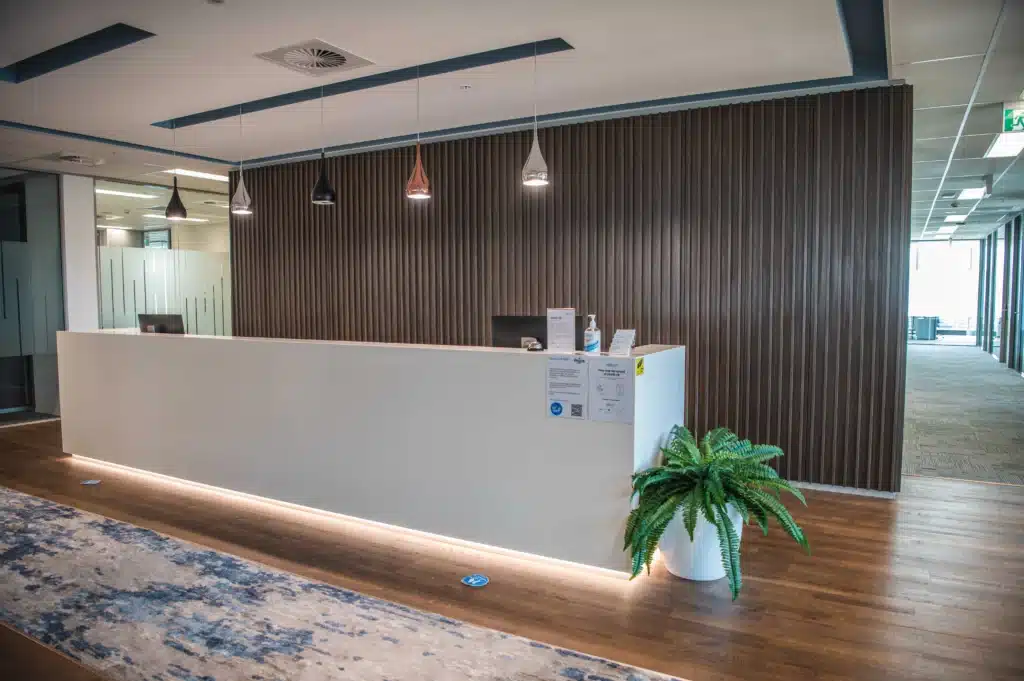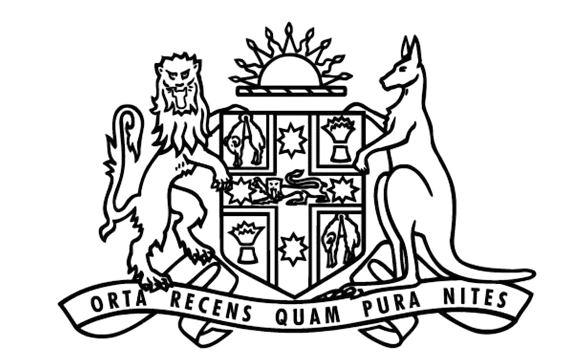Australia’s immigration laws are complex and ever-changing, affecting countless individuals and families seeking to make this country their home.
At Jameson Law, we understand the challenges and opportunities that come with navigating the Australian immigration system.
This guide will break down the key aspects of Immigration Australia laws, from visa types to recent policy changes, helping you make informed decisions about your immigration journey.
How Does Australia’s Immigration System Work?
Australia’s immigration system is a complex network of visa categories, government departments, and ever-changing policies. The intricacies of this system can significantly impact individuals and families seeking to make Australia their home.
Visa Categories: A Diverse Range of Options
Australia offers a wide array of visa options to cater to different immigration needs. The most common categories include:
- Skilled visas: For professionals and tradespeople with skills in demand in Australia.
- Family visas: For those with close family members who are Australian citizens or permanent residents.
- Student visas: For international students pursuing education in Australia.
- Working holiday visas: For young adults from eligible countries to work and travel in Australia.
- Business and investor visas: For entrepreneurs and investors looking to contribute to the Australian economy.
Each visa category has its own set of requirements and application processes. You should carefully assess which visa aligns best with your circumstances and long-term goals in Australia.
Key Government Departments: Navigating the Bureaucracy
The Department of Home Affairs is the primary agency responsible for immigration matters in Australia. They handle visa applications, set immigration policies, and manage border control.
The Administrative Appeals Tribunal (AAT) plays a vital role in reviewing visa decisions made by the Department of Home Affairs. If the Department refuses your visa application, you may have the option to appeal to the AAT for a review.
Recent Policy Changes: Staying Ahead of the Curve
Australia’s immigration landscape constantly evolves. Some recent changes that have significantly impacted the system include:
- The introduction of the Skills in Demand (SID) visa in 2024, replacing the Temporary Skills Shortage (TSS) visa. This new visa addresses critical workforce shortages more effectively.
- Tightened English language proficiency requirements for certain temporary visa holders, emphasising the importance of language skills in successful integration.
- The implementation of a two-tier visa processing system for international students under Ministerial Direction 111, prioritising 80% of student allotments.
- A reduction in the permanent migration program cap to 185,000 places for the 2024-25 financial year, with a focus on skilled migration.
- The introduction of ballot systems for high-demand visa categories (such as the Work and Holiday Visa).
These changes reflect Australia’s ongoing efforts to balance economic needs with fair migration practices. However, they also underscore the complexity of the system and the need for expert guidance when navigating the immigration process.

The Value of Professional Advice
Given the intricacies of Australia’s immigration system and the frequency of policy changes, seeking professional legal advice often proves beneficial. Immigration lawyers can provide up-to-date information, assess your eligibility for various visa options, and guide you through the application process.
According to the Department of Home Affairs, visa applicants who seek professional assistance have a higher success rate in their applications. This statistic highlights the value of expert guidance in navigating Australia’s complex immigration landscape.
As we move forward to explore the specifics of skilled migration to Australia, it’s important to understand how the points-based system works and which occupations are currently in high demand.
How Does Skilled Migration Work in Australia?
Australia’s skilled migration program attracts talented professionals who contribute to the country’s economy and fill critical skill shortages. The system uses a points test to assess applicants’ eligibility for a skilled visa.
The Points Test Explained
The points test forms a key component of Australia’s skilled migration program. Applicants must score at least 65 points to qualify for a skilled visa. The test awards points based on various factors:
- Age: Applicants between 25 and 32 years old receive the maximum 30 points
- English language proficiency: Superior English skills can earn up to 20 points
- Educational qualifications: A bachelor’s degree is worth 15 points, while a doctorate degree earns 20 points
- Work experience: Australian or overseas experience can contribute up to 20 points
It’s important to note that meeting the minimum point score doesn’t guarantee a visa grant. The Department of Home Affairs adjusts the points threshold based on the number of applicants and Australia’s economic needs.
High-Demand Occupations
The Australian government maintains a Core Skills Occupation List that identifies professions in high demand. This list receives regular updates to reflect the country’s evolving workforce needs.
As of 2025, some of the most sought-after occupations in Australia include:
- Healthcare professionals (doctors, nurses, aged care workers)
- IT specialists (software developers, cybersecurity experts)
- Engineers (civil, mechanical, electrical)
- Teachers (especially in STEM subjects)
- Trades (electricians, plumbers, carpenters)
The Future of Jobs Report 2025 brings together the perspective of over 1,000 leading global employers-collectively representing more than 14 million workers.

The Application Process
The skilled visa application process involves several steps:
- Skills assessment: Obtain an assessment of your qualifications and work experience from the relevant assessing authority for your occupation.
- English language test: Take an approved English language test (IELTS, TOEFL iBT, PTE Academic, or CAE) and achieve the required score.
- Expression of Interest (EOI): Submit an EOI through the SkillSelect system, indicating your preferred visa subclass and state/territory for nomination (if applicable).
- Invitation to apply: If selected, you’ll receive an invitation to apply for a visa. You must apply within 60 days of receiving the invitation.
- Visa application: Lodge your visa application, including all required documents and pay the application fee.
- Health and character checks: Undergo health examinations and provide police clearance certificates.
- Decision: Wait for the Department of Home Affairs to assess your application and make a decision.
The entire process can take several months to over a year (depending on factors such as visa subclass, occupation, and the completeness of your application).
The Value of Professional Assistance
Given the complexities of the skilled migration process, many applicants find value in seeking professional legal advice. Immigration lawyers can provide up-to-date information, assess eligibility for various visa options, and guide applicants through each step of the process.
According to a recent report, before 2020, success rates for visa applications were usually very high, around 90%, as Australia sought to attract global talent. This statistic highlights the importance of expert guidance in navigating Australia’s complex immigration landscape.
As we move on to explore family and partner visas, it’s essential to understand how these visa categories differ from skilled migration and what options are available for those looking to reunite with loved ones in Australia.
Family Reunification Visas in Australia
Partner Visa Options
Australia offers partner visas for those who wish to join their spouse or de facto partner in the country. These visas involve a two-stage process:
- Temporary Partner Visa (subclass 820 or 309)
- Permanent Partner Visa (subclass 801 or 100)
Applicants must provide substantial evidence of their genuine and continuing relationship (e.g., joint financial commitments, shared living arrangements). The Department of Home Affairs reports that 90% of partner visa applications are processed within 24 months as of 2025.

Parent Visa Categories
Parent visas allow Australian citizens, permanent residents, or eligible New Zealand citizens to sponsor their parents to live in Australia. The main categories include:
- Parent Visa (subclass 103)
- Contributory Parent Visa (subclass 143)
- Aged Parent Visa (subclass 804)
The Contributory Parent Visa has a higher application charge but a shorter processing time (approximately 5 years compared to over 30 years for the standard Parent Visa).
A key requirement is the Balance of Family Test, which stipulates that at least half of the applicant’s children must be ‘eligible children’.
Child Visa Types
Child visas are available for dependent children of Australian citizens, permanent residents, or eligible New Zealand citizens. These include:
- Child Visa (subclass 101) for offshore applications
- Adoption Visa (subclass 102) for adopted children
- Orphan Relative Visa (subclass 117)
The Department of Home Affairs processes 90% of Child Visa (subclass 101) applications within 14 months (as of 2025).
Challenges and Considerations
Family reunification visas can be complex and time-consuming. The emotional stakes are often high, and the financial investment can be significant. Many applicants find value in seeking professional legal advice to navigate the process effectively.
It’s important to note that the definition of a ‘dependent child’ in Australian immigration law is specific. Generally, the child must be underage, or if overage, must be financially dependent due to a disability or full-time study.
Expert Assistance
Given the complexities of family reunification visas, many applicants turn to professional legal services. While several firms offer immigration assistance, Jameson Law stands out as a top choice for those seeking expert guidance through the visa application process.
Final Thoughts
Australia’s immigration laws present a complex landscape that requires careful navigation. The constant evolution of regulations and intricate visa application procedures emphasise the need for up-to-date information and expert guidance. Recent changes to Immigration Australia laws, such as the introduction of the Skills in Demand visa and updates to family reunification visas, can significantly impact eligibility and application strategies.
Professional legal advice proves invaluable when dealing with immigration matters. Immigration lawyers possess deep knowledge of current regulations and provide tailored guidance based on individual circumstances. They can help applicants navigate visa application complexities, improve success chances, and potentially reduce time and stress in the process.
Jameson Law specialises in Australian immigration law assistance. Our experienced lawyers can guide you through every step of the visa application process, from initial eligibility assessments to application lodging. We understand the emotional and financial investment involved in immigrating to Australia and commit to helping you achieve your goals.













